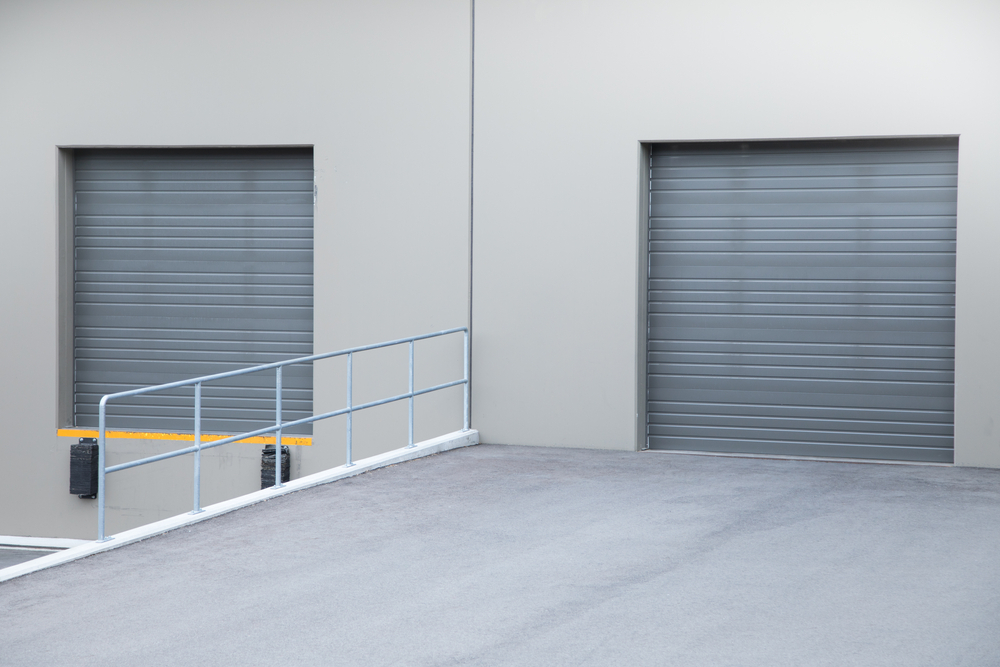In the bustling world of warehouse operations, ensuring safety and efficiency is paramount. Among the myriad of safety measures employed, one stands out for its simplicity yet high impact - loading dock railings. These often-overlooked structures play a critical role in maintaining a safe and productive environment. So, how do these railings contribute to warehouse operations, and why are they so important?
Understanding Loading Dock Railings
Loading dock railings, also known as industrial railings, are sturdy barriers installed around the perimeter of a warehouse's loading dock. They serve to protect workers, equipment, and goods from falling off the edge of the dock, which can be several feet above ground level. These railings are typically made from durable materials such as steel or aluminum, designed to withstand heavy impacts and extreme weather conditions.
The Role of Loading Dock Railings in Safety
Safety is a critical aspect of warehouse operations. According to the Occupational Safety and Health Administration (OSHA), falls from docks accounted for a significant percentage of injuries in warehouses. Loading dock railings act as a physical barrier preventing such accidents. They also serve as a visual reminder for workers to stay within safe boundaries. Further, these railings can prevent accidents involving forklifts and other heavy machinery, providing a safety net against equipment or cargo falling off the dock.
The Role of Loading Dock Railings in Efficiency
Beyond safety, loading dock railings also contribute to operational efficiency. By delineating clear boundaries, they ensure smoother traffic flow and reduce the chances of mishaps that can disrupt operations. Moreover, properly installed railings can speed up loading and unloading processes by providing workers with a sense of security, allowing them to focus on their tasks instead of worrying about potential falls or accidents.
Types of Loading Dock Railings
There are several types of loading dock railings available, each designed for specific needs. Fixed railings are permanent structures, providing robust protection but limited flexibility. Removable railings allow for easy access when needed, for instance, during oversized cargo operations. Portable railings offer the most flexibility, being easy to move and set up as per changing requirements.
Tips for Choosing the Right Loading Dock Railings
Choosing the right loading dock railings involves considering several factors. These include the type of operations, volume of traffic, nature of the cargo, and local safety regulations. It's also important to look for railings that are easy to install, maintain, and if necessary, replace. Quality and durability should be top priorities, especially considering the harsh conditions these railings often have to endure.
The Future of Loading Dock Railings
With advancements in technology and a growing emphasis on safety, the future of loading dock railings looks promising. Innovations are expected in materials, design, and functionality, aiming to provide even higher levels of safety and efficiency. Moreover, as automation becomes more prevalent in warehouses, railings will play an increasingly important role in ensuring the safe and seamless integration of humans and machines.
Conclusion
In conclusion, loading dock railings play a crucial role in ensuring safety and efficiency in warehouse operations. From preventing falls and accidents to streamlining operations and enhancing productivity, their importance cannot be overstated. As warehouses continue to evolve, so too will the role of these essential safety structures, making them an investment worth considering for any warehouse operator.


No comments:
Post a Comment
Note: only a member of this blog may post a comment.